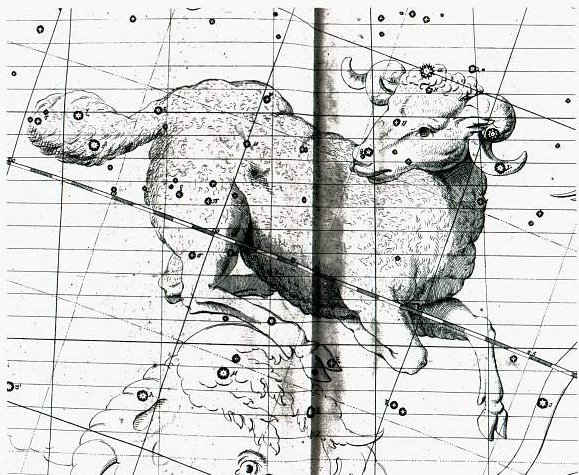2. There is a symmetry around Gb7-28:
The sitting persons are basically the same, but their fronts are different. We should notice the vertical straight line in the mouth of Gb7-29, probably a 'line of measurement'. I have put Hamal at Gb7-29 partly because this triplet of glyphs could picture the old and the new with a birth in the middle. 440 will be the glyph number for Hamal if we round up 439.5 in the way we normally do. 72 * 9 = 18 * 36 = 2 * 18 * 18 = 648. But a birth should be at a day of Venus, in which case Hamal would represent the day of new fire:
72 * 5 = 360. Furthermore, Polaris and the 'spike' in the tail of vaha mea are signs which probably indicate a cardinal point. Ordinal number 27 at Alrisha points at Jupiter and in Thursday the same type of person, sitting down and eating, is depicted several times:
Comparing with the glyphs in G there are resemblances:
The Janus sign in Gb8-1 can be compared with the Janus sign in Hb9-42. The kava signs in Thursday can be compared with the signs in Gb7-31, a glyph which I once - for some reason - imagined could have a sign of kava:
In hindsight, though, it seems more reasonable to classify the broken henua in Gb8-2 as kava. Manu rere at the end of Thursday has its parallel in manu rere with a reversed head in Gb8-5. Both seem to be Sundays. The Ram is always depicted with a reversed head:
The reversed head sign means there is nothing to look forward to, the end has been reached: "The Jewish Nīsān, our March-April, was associated with Aries, for Josephus said that it was when the sun was here in this month that his people were released from the bondage of Egypt; and so was the same month Nisanu of Assyria, where Aries represented the Altar and the Sacrifice, a ram usually being the victim. Hence the prominence given to this sign in antiquity even before its stars became the leaders of the rest; although Berōssōs and Macrobius attributed this to the ancient belief that the earth was created when the sun was within its boundaries; and Albumasar, of the 9th century, in his Revolution of Years, wrote of the Creation as having taken place when 'the seven planets' - the Sun, Moon, Mercury, Venus, Mars, Jupiter, and Saturn - were in conjunction here, and foretold the destruction of the world when they would be in the same position in the last degree of Pisces." (Allen) |
||||||||||||||||||||||||||||||||||||||||||||||||||||||||||||||||||||||||












